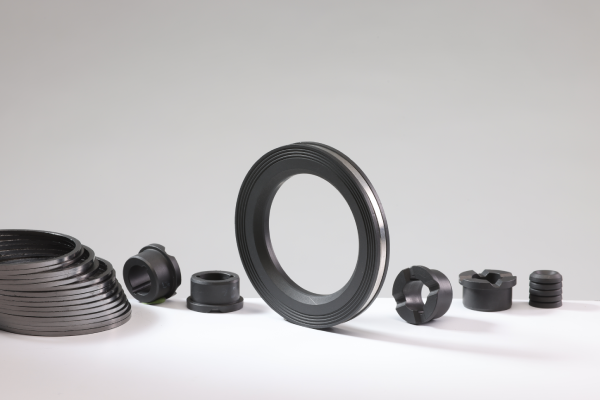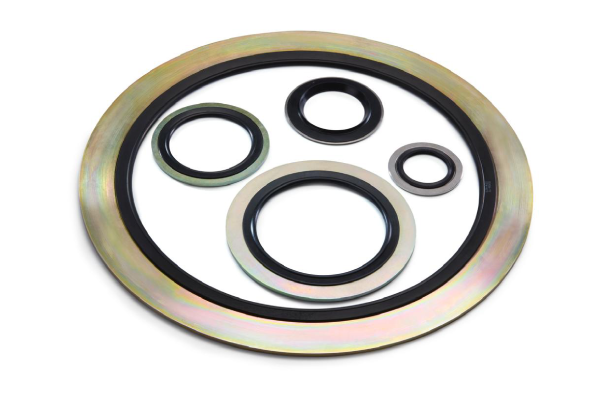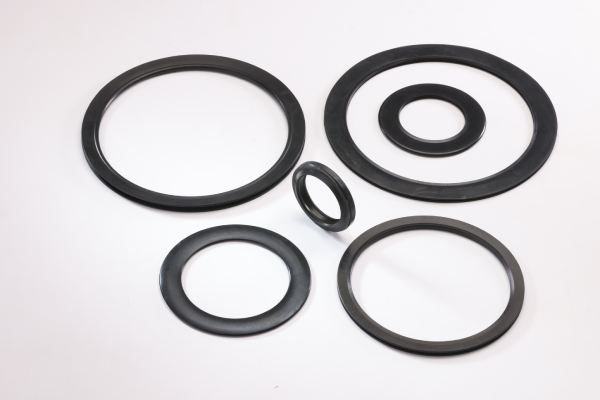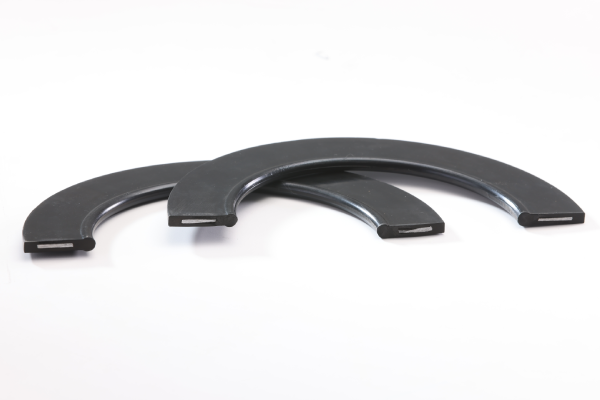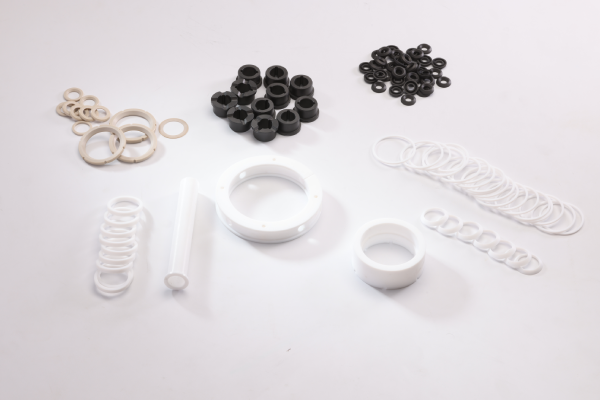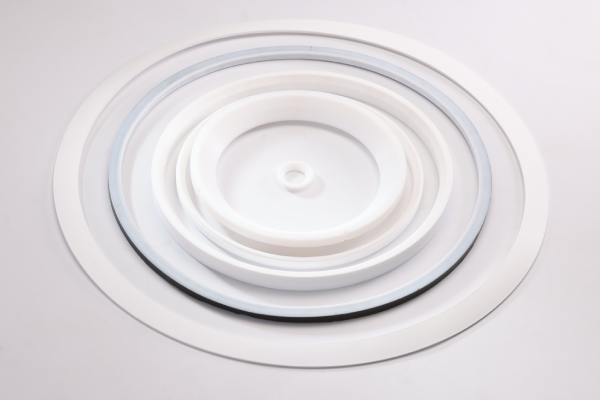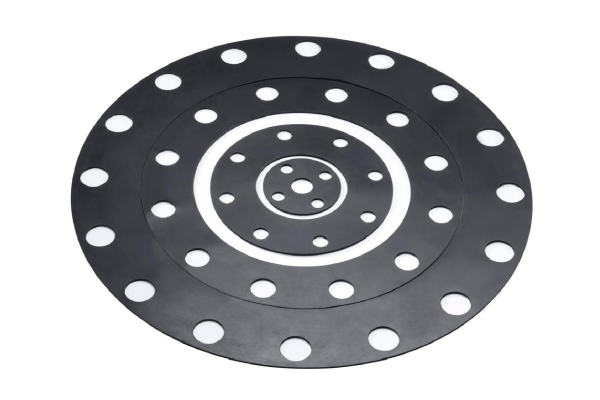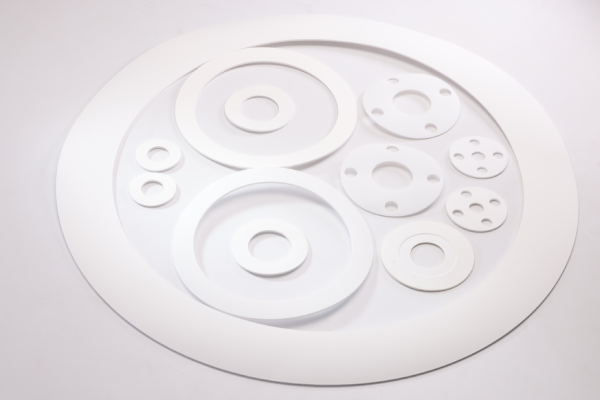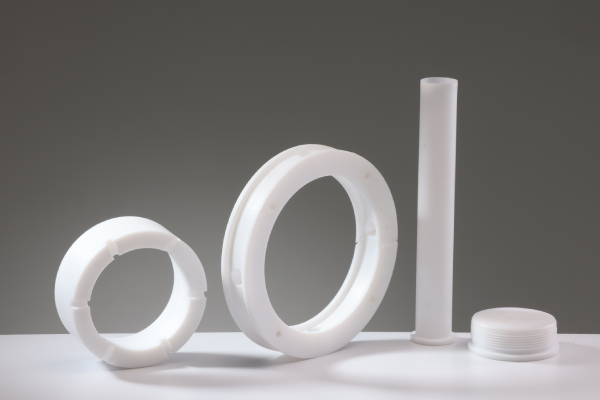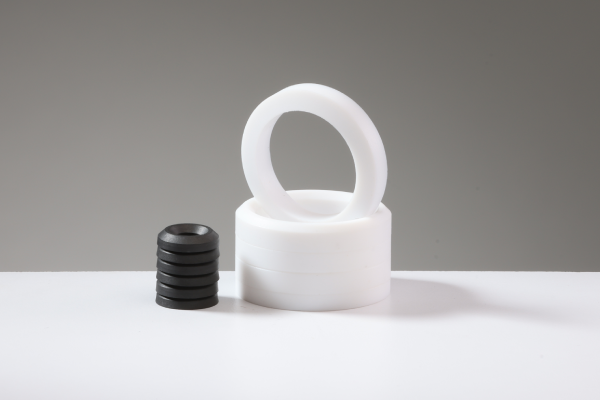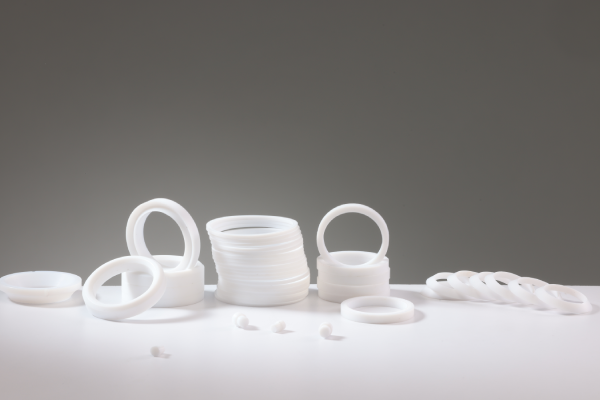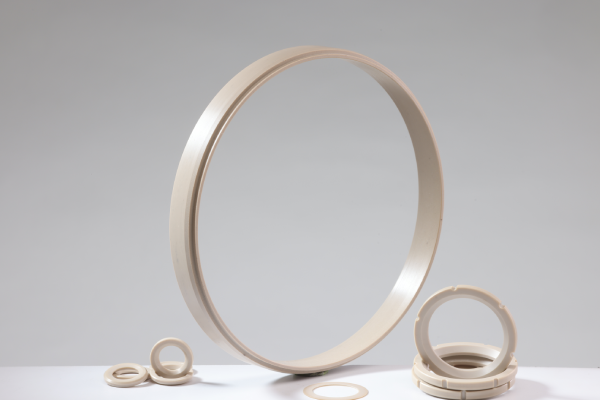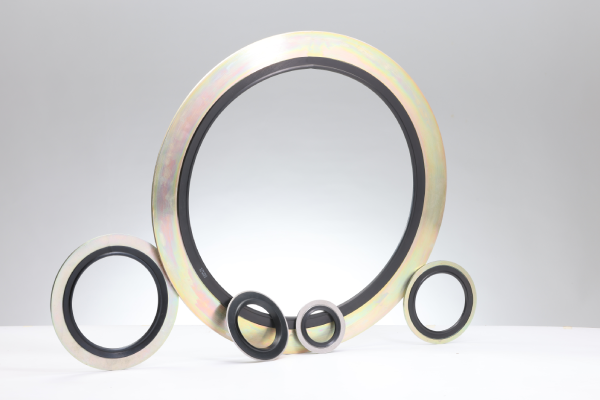WHAT IT DOES
Composite expansion joints in industrial settings effectively manage thermal expansion, misalignment, and vibration in ducting systems. Comprising a flexible element with multi-layered composite fabric between two metal frames, these joints accommodate movement while maintaining a secure seal.
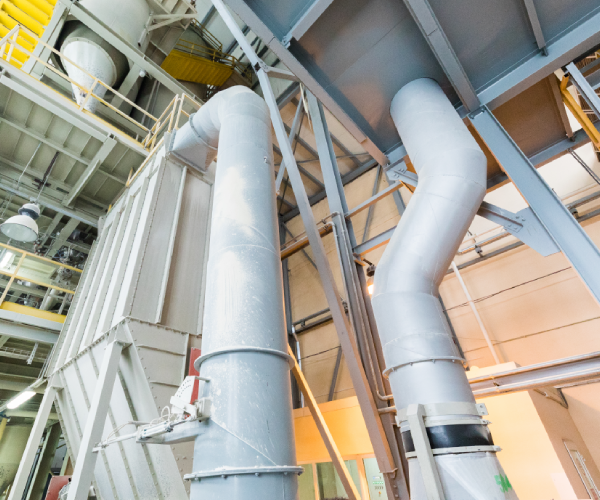
WHAT SOLUTION DOES IT OFFER?
Composite fabric expansion joints address various challenges in industrial ducting systems

Thermal Expansion
Accommodates thermal expansion by extending and contracting along with ducts, preventing stress build-up and potential leaks.
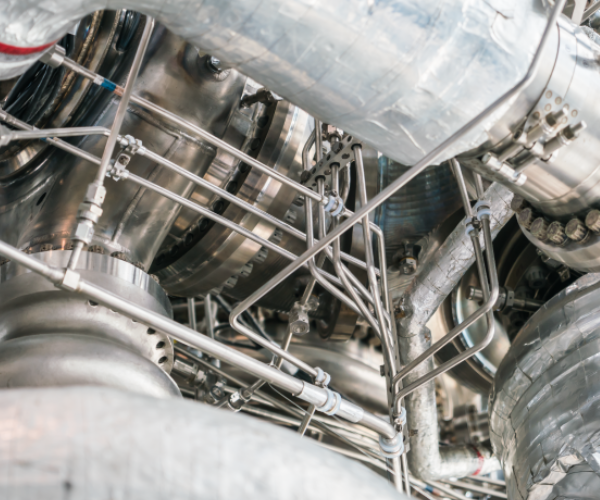
Misalignment
Acts as flexible connectors, bridging gaps caused by imperfect connections or movements during operation. Allows for small misalignments without compromising the seal or flow, reducing wear and tear on equipment.
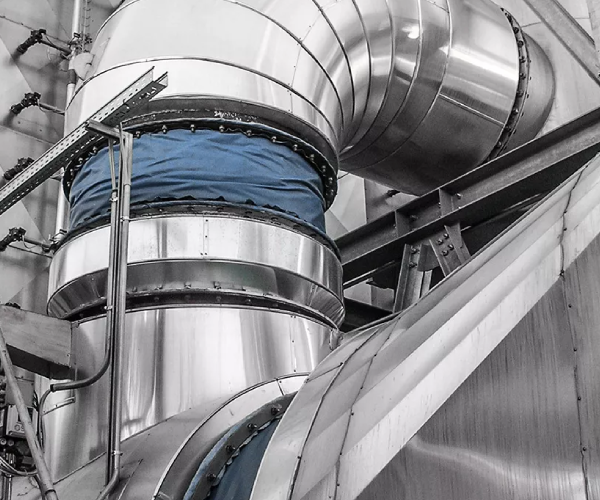
Vibration Isolation
Serves as vibration dampers, absorbing and isolating vibrations caused by the movement of sources through ductwork. Promotes quieter operation and protects sensitive equipment.
FEATURES AND BENEFITS

Application
Commonly used in low-pressure ducting applications.

Functions
Effectively balances misalignment, vibration, and thermal growth.

Versatility
Valuable solution for various industrial ducting applications

Characteristics
High flexibility, lightweight design, temperature and chemical resistance. Low maintenance requirements, reduced spring rates and loads vibration dampening, sound attenuation.
MANUFACTURING PROCESS
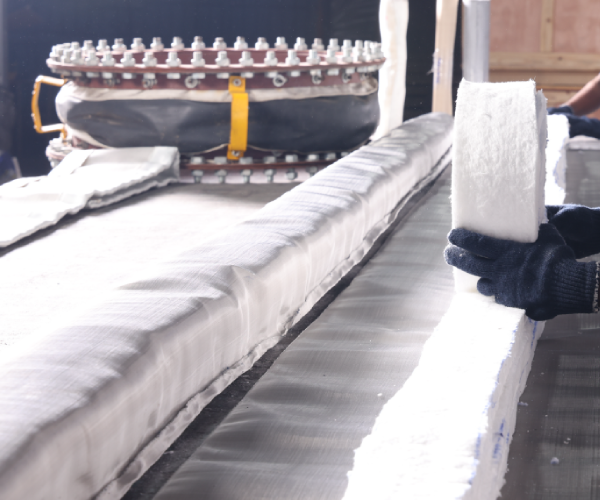
Bonding and Joining
The layers of the composite material are joined using bonding techniques, employing methods such as sealing, heat, or other suitable approaches for the chosen materials.
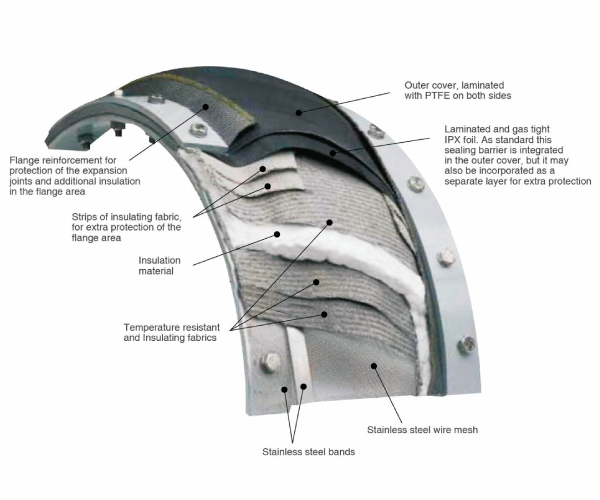
Fabrication of Composite Sheets
Sheets are composed by layering and combining different materials through techniques like weaving, knitting, or laminating.
